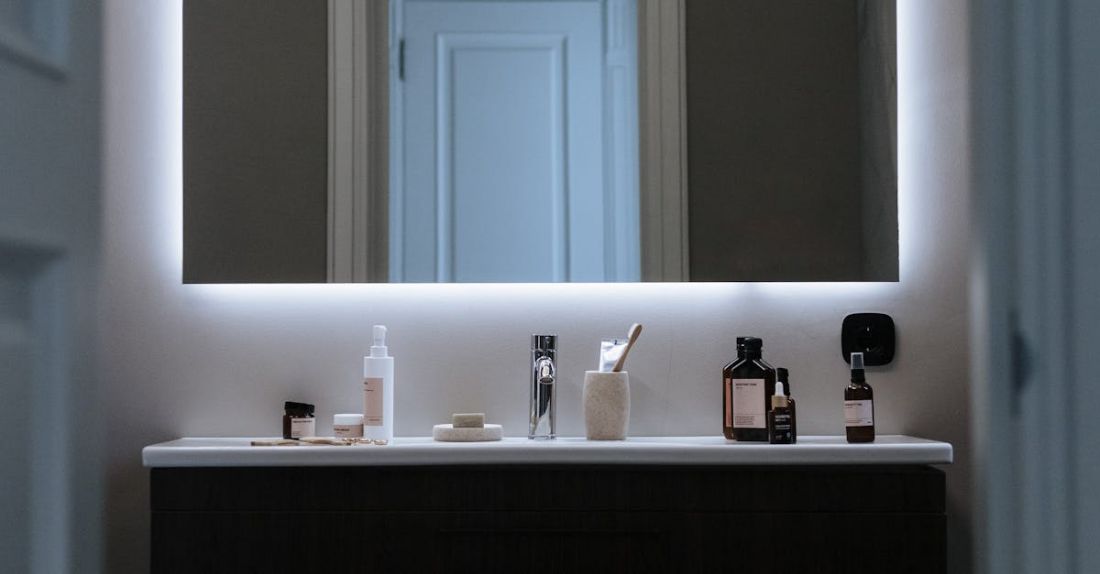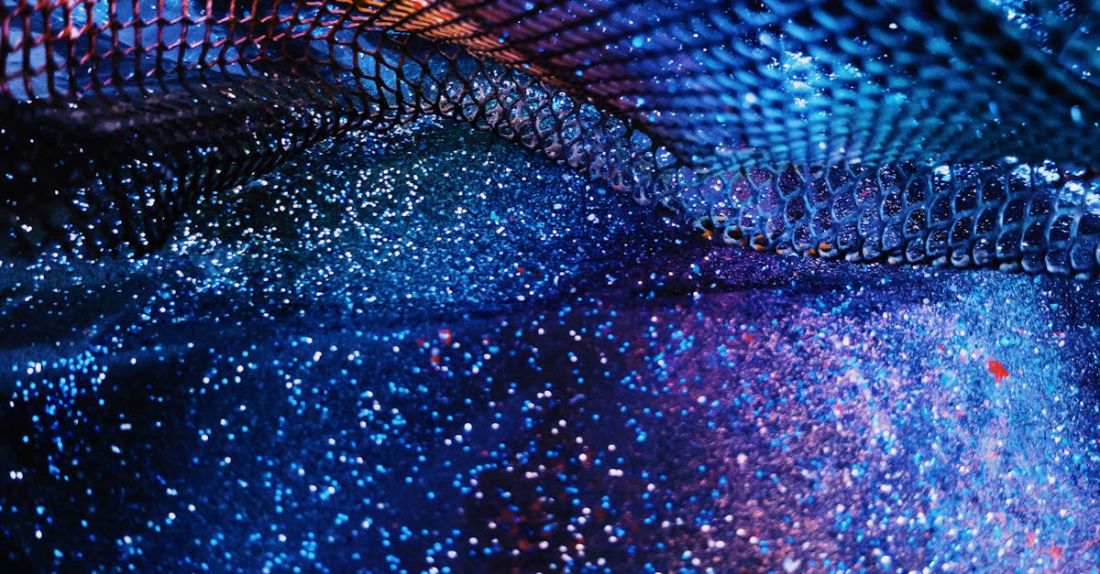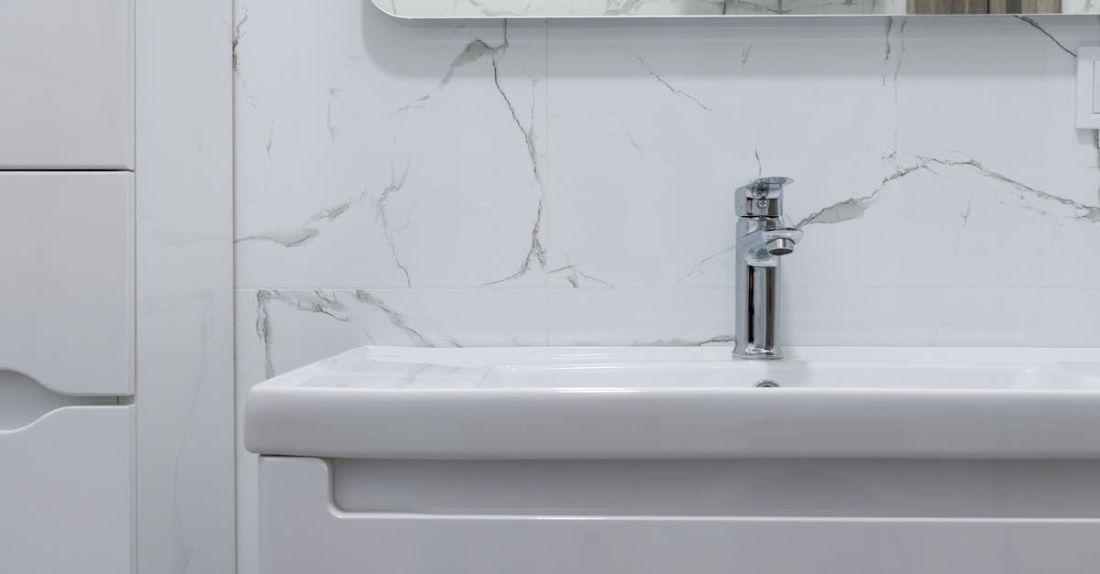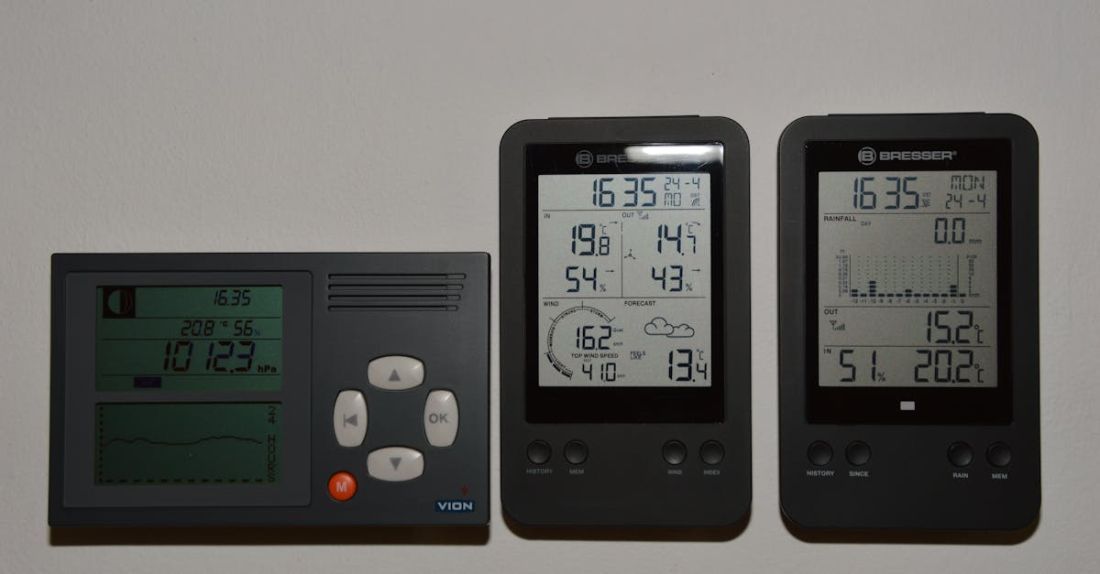
As the world continues to prioritize sustainability and energy efficiency, the role of LED lighting in reducing energy consumption cannot be overlooked. LED lighting has revolutionized the way we illuminate our spaces, offering a more energy-efficient alternative to traditional incandescent and fluorescent lighting options. In this article, we will explore how LED lighting can significantly improve energy efficiency in various settings.
**Longer Lifespan, Lower Energy Consumption**
One of the key benefits of LED lighting is its exceptionally long lifespan compared to traditional lighting sources. LEDs have an average lifespan of around 25,000 to 50,000 hours, which is significantly longer than incandescent bulbs that typically last around 1,000 hours. This extended lifespan not only reduces the frequency of bulb replacements but also translates to lower energy consumption over time.
LEDs are highly energy-efficient, converting a higher percentage of energy into light compared to traditional bulbs that produce more heat than light. This efficiency means that LED lighting requires less electricity to produce the same amount of light, resulting in reduced energy consumption and lower utility bills. By making the switch to LED lighting, homes, businesses, and public spaces can achieve substantial energy savings while maintaining optimal lighting levels.
**Instant On, Dimmable Options**
LED lighting offers instant illumination without the need for warm-up time, unlike some fluorescent and HID lighting options. This instant-on feature not only enhances convenience but also contributes to energy savings by eliminating the energy waste associated with waiting for lights to reach full brightness.
Furthermore, many LED fixtures come with dimmable options, allowing users to adjust the light output according to their needs. Dimming LED lights not only creates a customizable lighting environment but also reduces energy consumption when full brightness is not required. By dimming LED lights, users can further optimize energy usage and extend the lifespan of the fixtures.
**Directional Lighting and Reduced Light Pollution**
LED lighting is inherently directional, meaning it emits light in a specific direction without the need for reflectors or diffusers. This directional nature of LEDs ensures that light is focused where it is needed, minimizing light spillage and reducing light pollution. By directing light precisely where it is required, LED fixtures can enhance visibility and safety in outdoor spaces while conserving energy and reducing unnecessary light pollution.
**Smart Lighting Controls and Energy Management**
The integration of smart lighting controls with LED fixtures allows for advanced energy management and automation capabilities. Smart lighting systems enable users to control individual fixtures or groups of fixtures remotely, adjust brightness levels, and schedule lighting operations based on occupancy patterns or daylight availability. By harnessing the power of smart lighting controls, users can optimize energy usage, reduce lighting costs, and enhance overall energy efficiency in residential, commercial, and industrial settings.
**Enhanced Color Rendering and Visual Comfort**
LED lighting offers superior color rendering properties compared to traditional lighting sources, producing bright, crisp light that accurately represents colors in the environment. This enhanced color rendering not only improves visibility and visual comfort but also contributes to energy efficiency by reducing the need for excessive lighting to achieve desired illumination levels. LED fixtures with adjustable color temperatures further enhance the flexibility and energy efficiency of lighting solutions in various applications.
**Conclusion: Sustainable Lighting Solutions for a Brighter Future**
In conclusion, LED lighting presents a sustainable and energy-efficient lighting solution that offers numerous benefits for homes, businesses, and public spaces. By leveraging the energy-saving capabilities of LED technology, individuals and organizations can reduce their carbon footprint, lower energy costs, and create a more environmentally friendly lighting environment. With its long lifespan, energy efficiency, instant-on feature, directional lighting properties, and smart control options, LED lighting is paving the way for a brighter and more sustainable future in the realm of lighting design and energy management.





